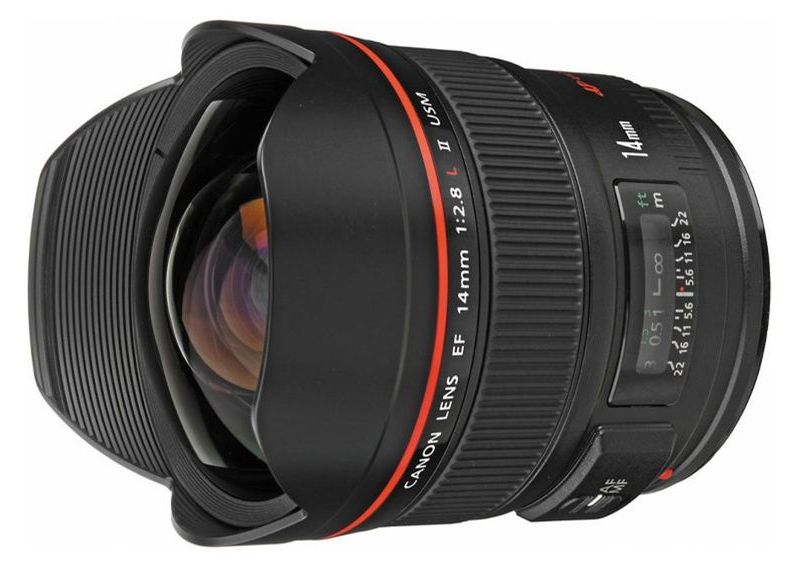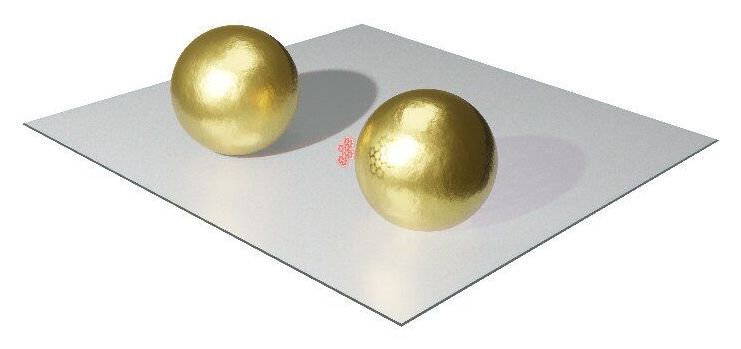Page 6192
Sep 10, 2020
You have to see this 195 billion pixel image shot from Shanghai’s Oriental Pearl Tower
Posted by Quinn Sena in category: computing
:ooooo.
Massive multi-gigapixel images are starting to become a little more common now, with today’s computing power being what it is. But they still rarely fail to impress. Especially when they cover vast distances and include a lot of detail to zoom in on. This massive 195-Gigapixel image comes from Shanghai, shot from the top of Shanghai’s Oriental Pearl Tower.
Sep 10, 2020
Chinese fighter jets enter Taiwan airspace for second day
Posted by Quinn Sena in category: military
Chinese fighter jets approached Taiwan on Thursday for a second day in a row, the island’s defence ministry said, urging China to stop “destroying regional peace” in a further ratcheting up of tension across the sensitive Taiwan Strait.
China, which claims Taiwan as its own territory, has held numerous military exercises up and down its coast and near the island in recent weeks.
The defence ministry said Su-30 fighters and Y-8 transport aircraft were among the Chinese aircraft that entered Taiwan’s air identification zone to its southwest on Thursday morning.
Sep 10, 2020
Forget Yachts, Billionaires Might Be Able to Buy Bond-Villain Luxury Submarines Someday
Posted by Quinn Sena in category: futurism
Sep 10, 2020
A beginner’s guide to AI: Separating the hype from the reality
Posted by Genevieve Klien in categories: Elon Musk, robotics/AI
An advanced artificial intelligence created by OpenAI, a company founded by genius billionaire Elon Musk, recently penned an op-ed for The Guardian that was so convincingly human many readers were astounded and frightened. And, ew. Just writing that sentence made me feel like a terrible journalist.
That’s a really crappy way to start an article about artificial intelligence. The statement contains only trace amounts of truth and is intended to shock you into thinking that what follows will be filled with amazing revelations about a new era of technological wonder.
Here’s what the lede sentence of an article about the GPT-3 op-ed should look like, as Neural writer Thomas Macaulay handled it earlier this week:
Sep 10, 2020
UK mathematician wins richest prize in academia
Posted by Genevieve Klien in categories: innovation, mathematics
Martin Hairer takes $3m Breakthrough prize for work a colleague said must have been done by aliens.
Sep 10, 2020
Canon’s Next Amazing Lens Might Be an Astrophotographer’s Dream
Posted by Genevieve Klien in category: cosmology
A good astrophotography lens is one that has a wide focal length and a wide maximum aperture. Normally, this would be a prime lens, but one of Canon’s next major lenses might buck that trend.
Canon Rumors is reporting that an RF 14-21mm f/1.4L USM lens is currently being tested by photographers, after a patent emerged for such a lens early last year. A super-wide aperture ultra-wide angle lens is a ton of fun to shoot with; in fact, when I reviewed the Sigma 14mm f/1.8 DG HSM Art, I called it one of the most fun lenses I have shot with, an evaluation that holds true to this day. Beyond the fun aspect, no doubt, such a lens would be tremendously useful for astrophotographers. At this time, the widest full frame f/1.4 lens is the Sigma 20mm f/1.4 Art, a prime lens. Not only would the rumored RF lens offer a significantly wider field of view at the same maximum aperture, it would also offer a very useful zoom range for astrophotography and nighttime landscape and cityscape work.
There is no word on price or availability yet, but such a lens would definitely be popular among both astrophotographers and event shooters. Would you be interested in one?
Sep 10, 2020
A gold nanoparticle nearly cloaked by a single molecule
Posted by Quinn Sena in category: nanotechnology
A team of researchers from the Max Planck Institute for the Science of Light and Friedrich-Alexander University Erlangen has found a way to prove a theory suggesting the possibility of cloaking a nanoparticle using a single molecule—by nearly doing it with a gold nanoparticle and a dibenzoterrylene molecule. In their paper published in the journal Physical Review Letters, the group describes their experiments with coupled nanoparticles and molecules, and what they learned from them.
For several years, scientists have been experimenting with coupling nanoparticles and molecules. In most such work, the nanoparticle (which is generally larger than the molecule) serves as an antenna of sorts, funneling light to the molecule. The goal has been to boost the emissions from the molecule or to absorb the light they receive—both of which can be used to detect biomolecules under certain circumstances. In other work, researchers have looked into the possibility of controlling the emissions coming from the molecule to match the wavelength of the incoming light. In theory, if they are in phase, the nanoparticle’s shadow should dissipate or disappear completely—a form of cloaking. In this new effort, the researchers sought to prove this theory by carrying out experiments with nanoparticles and molecules.
The work involved first getting a130-nm-wide gold nanoparticle to couple with a dibenzoterrylene molecule. This involved placing several of the gold nanoparticles on a surface and then covering them with a solution containing dibenzoterrylene molecules. The setup was then chilled to the point that the solution solidified. The team then used a laser to look for a test nanoparticle-molecule pairing until they found a pair that had closely coupled. They then focused a near-infrared beam on the pair, from the direction of the molecule.
Sep 10, 2020
Concept mega-yacht would let owner swan around in luxury
Posted by Quinn Sena in category: futurism
The Jet Capsule isn’t an ugly duckling by any means, but designer Pierpaolo Lazzarini imagines a beautiful swan with his latest creation, the Avanguardia. The mega-yacht would feature a small watercraft that would serve as a removable cockpit in this ambitious conceptual project.
The Avanguardia (Vanguard in English) is inspired by an unspecified Japanese Manga from the 1970s and its defining feature is that long “neck.” The idea is that the neck would serve as a crane and could be used to safely deposit a smaller craft in the water when anchor’s dropped, allowing it to be used to reach shore, for example. Interestingly, the neck would actually be placed in a lowered back position while sailing – so presumably the raised position depicted above would end up mostly being used for showing off at port.
“Due to an extendable crane/bridge located in the bow (front) in this case named ‘neck,’ the head can be dropped off and used as an auxiliary 16-meter [52-ft] boat,” explains Lazzarini Design Studio. “During the sailing, the head ‘control tower cockpit’ adjusts its position by lowering in the middle of the mega-yacht body (like a swan, the neck goes in the middle of the wings).”
Sep 10, 2020
Researchers fabricate high-quality transparent ceramic
Posted by Quinn Sena in categories: biotech/medical, chemistry
Mid-infrared lasers have been widely used in imaging, detection, diagnostics, environmental monitoring, medicine, industry, defense and others. For mid-infrared laser systems, low phonon energy gain materials are key factors.
Among these mid-infrared materials, Er3+-doped CaF2 transparent ceramics are promising candidate materials because of their ultra-low phonon energy as well as excellent physical, chemical, and optical properties, which quickly attract the attention of researchers. However, traditional preparation methods can’t obtain high-quality Er3+-doped CaF2 transparent ceramics.
Recently, a research team led by Prof. Zhang Long from the Shanghai Institute of Optics and Fine Mechanics of the Chinese Academy of Sciences has developed a high quality Er3+-doped CaF2 transparent ceramics by single crystal ceramization. Their study was published in Journal of the European Ceramic Society.

















